The human body is an astonishing marvel of nature, packed with surprising abilities and intricate functions that often go unnoticed. From the incredible strength of our bones to the remarkable capacity of our brain, each part of our body is designed with precision and efficiency. In this article, we’ll uncover 19 curious facts about the human body that will blow your mind, revealing the extraordinary ways our bodies work to keep us alive and thriving.
Your Brain’s Storage Capacity is Virtually Unlimited
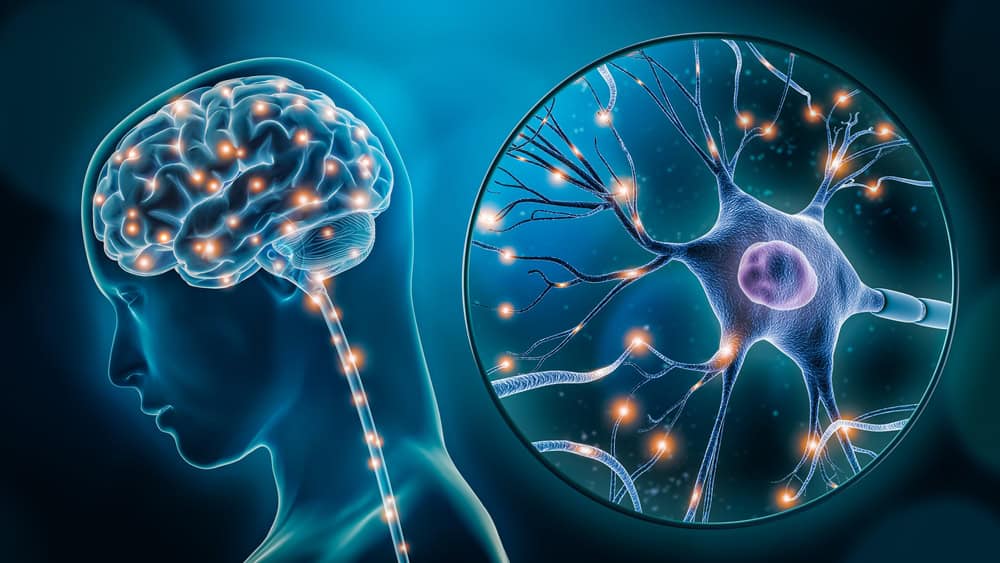
The human brain consists of about 86 billion neurons, and each neuron forms connections to other neurons, which could add up to 1 quadrillion (1,000 trillion) connections. Neurons combine so that each one helps with many memories at a time, exponentially increasing the brain’s memory storage capacity to something close to infinity.
Human Bones Are Stronger Than Steel
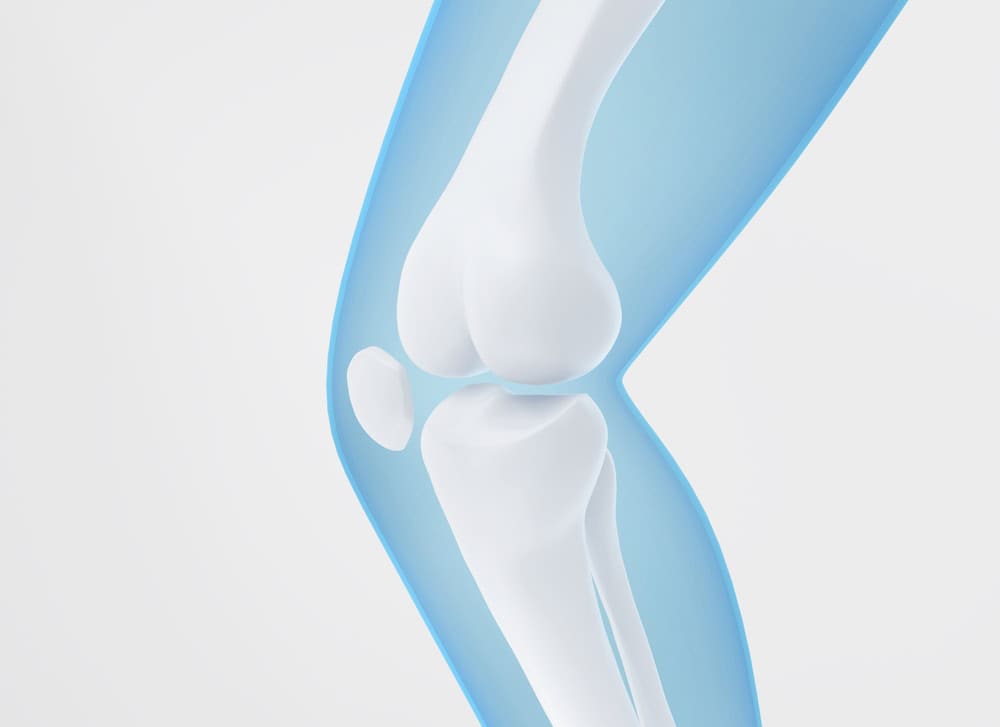
Ounce for ounce, human bone is stronger than steel. A cubic inch of bone can bear a load of 19,000 lbs (about the weight of five standard pickup trucks), making it an incredibly resilient and durable structure within the body.
Your Nose Can Remember 50,000 Different Scents

The human nose can detect about 1 trillion smells, and it can remember 50,000 different scents. The sense of smell is closely linked with memory, more so than any of our other senses. This is why a particular scent can often trigger a memory or emotion.
The Human Eye Can Distinguish About 10 Million Different Colors

The human eye can distinguish about 10 million different colors, thanks to the rods and cones in the retina. The cones are responsible for color vision and function best in bright light, while the rods are more sensitive and function better in dim light.
Your Heart Beats Around 100,000 Times a Day

On average, a human heart beats around 100,000 times a day, pumping about 2,000 gallons of blood through the body’s 60,000 miles of blood vessels. This relentless pumping ensures that oxygen and nutrients are distributed throughout the body.
The Smallest Bone in Your Body is in Your Ear
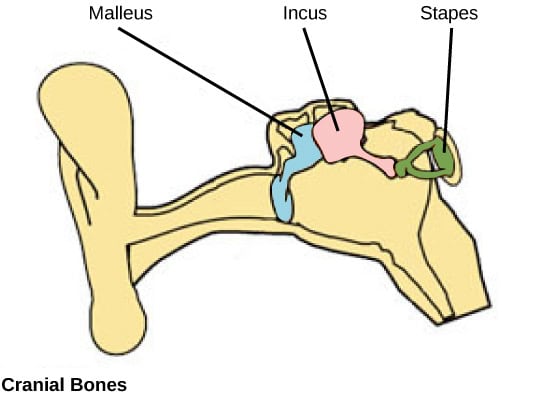
The stapes bone, located in the middle ear, is the smallest bone in the human body. It measures just 0.1 inches (2.5 millimeters) in length and weighs around 2.5 milligrams. Despite its tiny size, it plays a crucial role in hearing by transmitting sound vibrations from the middle ear to the inner ear.
Your Body Contains About 37.2 Trillion Cells
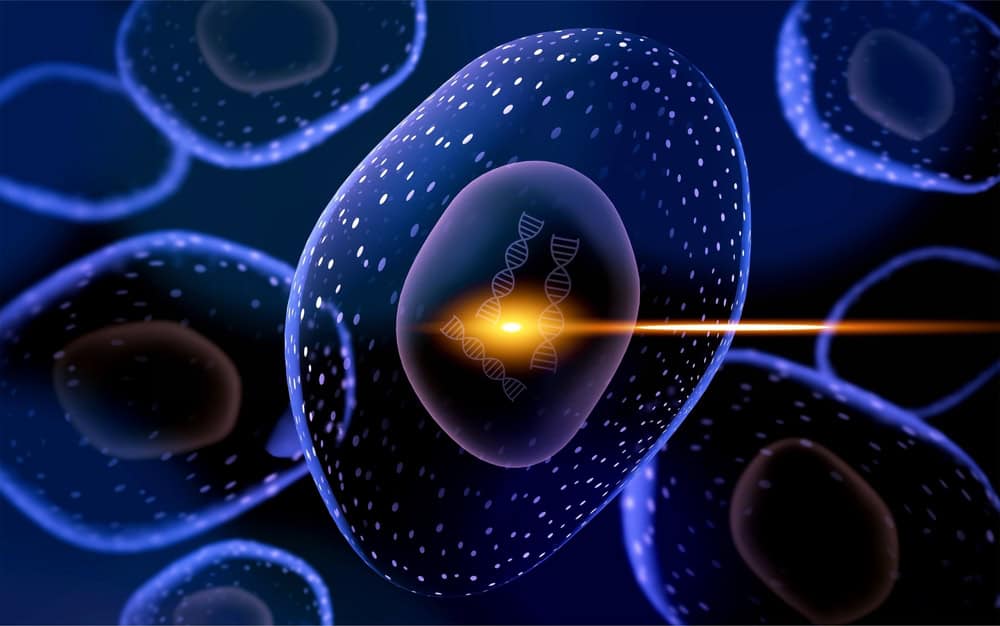
The human body is composed of approximately 37.2 trillion cells. These cells come in various types, each with its own specific function, working together to maintain the body’s systems and overall health.
You Shed About 40,000 Skin Cells Every Minute

The outer layer of your skin (the epidermis) renews itself every 28 to 30 days. In the process, you shed about 40,000 dead skin cells every minute, which adds up to about 9 pounds of skin cells per year.
The Human Stomach Gets a New Lining Every Few Days
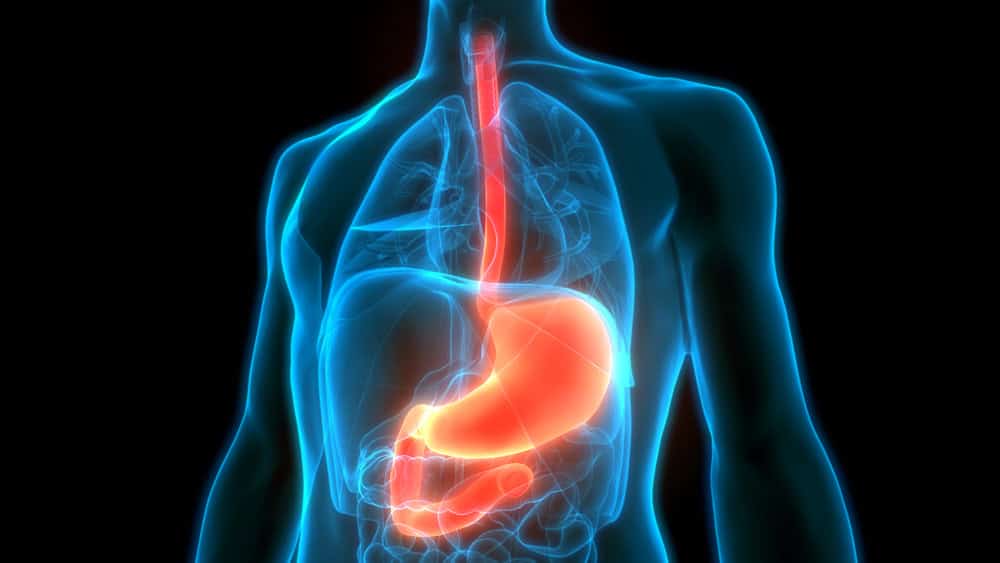
The stomach’s acidic environment is so harsh that it needs a new lining every few days. The cells in the stomach lining are constantly being replaced to prevent the stomach from digesting itself.
Humans Have a Unique Tongue Print

Just like fingerprints, every person’s tongue print is unique. This uniqueness could potentially be used for biometric identification, though it is not as commonly used as fingerprints or retinal scans.
Your Liver Can Regenerate Itself
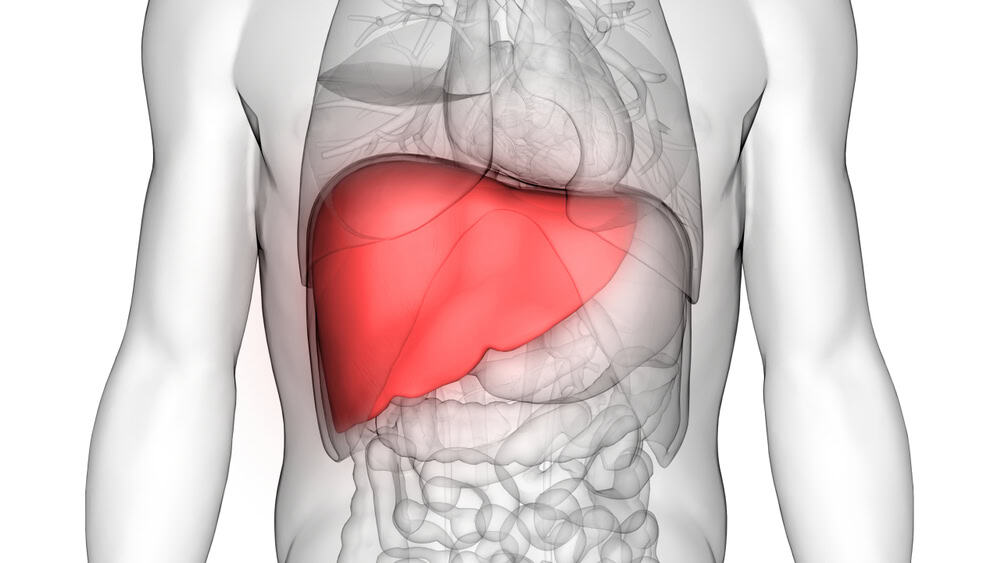
The human liver has an amazing capacity to regenerate. Even if up to 75% of the liver is removed, it can regenerate back to its full size within months. This ability is crucial for its function in detoxifying the blood and metabolizing nutrients.
Your Bones Are Constantly Remodeling
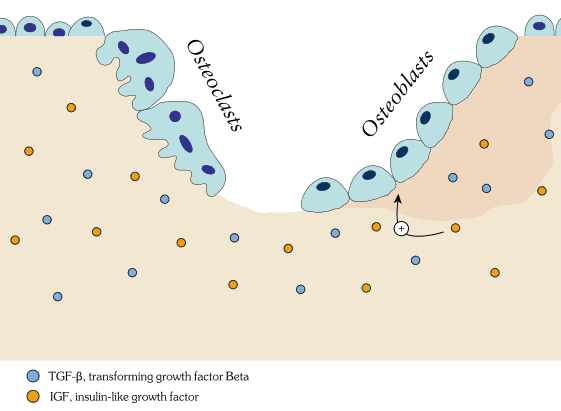
Bones are living tissues that constantly break down and rebuild themselves. This process, known as remodeling, ensures that your bones remain strong and capable of repairing minor damage. Each year, about 10% of your skeletal structure is replaced.
You Have a Second Brain in Your Gut

The human gut has its own nervous system known as the enteric nervous system, often referred to as the “second brain.” It contains around 100 million neurons, more than in the spinal cord, and plays a critical role in managing digestion and communicating with the brain.
Your Feet Contain a Quarter of Your Body’s Bones
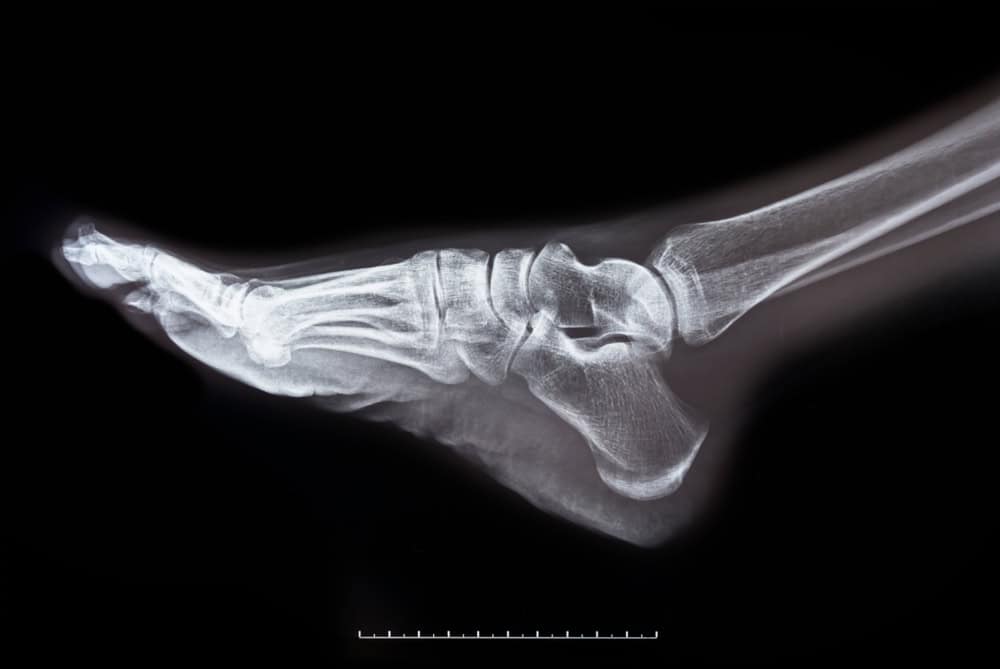
Each human foot contains 26 bones, which means the feet together contain 52 bones. This is about a quarter of all the bones in your body. These bones provide structure and support, enabling movement and balance.
Your Hair Grows About 6 Inches Per Year

On average, human hair grows about half an inch per month, which totals around 6 inches per year. Hair growth can be influenced by factors such as genetics, diet, and overall health.
The Acid in Your Stomach Can Dissolve Metal

Stomach acid, or hydrochloric acid, is strong enough to dissolve some metals. While it’s potent enough to break down food, the stomach is protected by a mucus lining that prevents the acid from damaging the tissue.
You Produce About 1 to 1.5 Liters of Saliva Daily
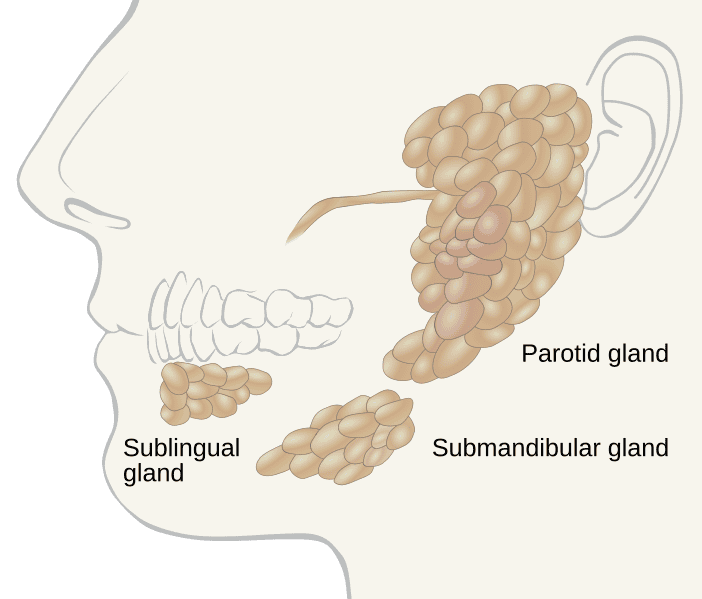
The salivary glands produce about 1 to 1.5 liters of saliva each day. Saliva plays a crucial role in digestion by breaking down food and making it easier to swallow, and it also helps maintain oral health by neutralizing acids and washing away food particles.
Your Taste Buds Are Constantly Renewing

Taste buds have a lifespan of about 10 to 14 days. They are constantly being replaced, which ensures that your sense of taste remains sharp and capable of detecting new flavors throughout your life.
The Strongest Muscle in Your Body is the Masseter
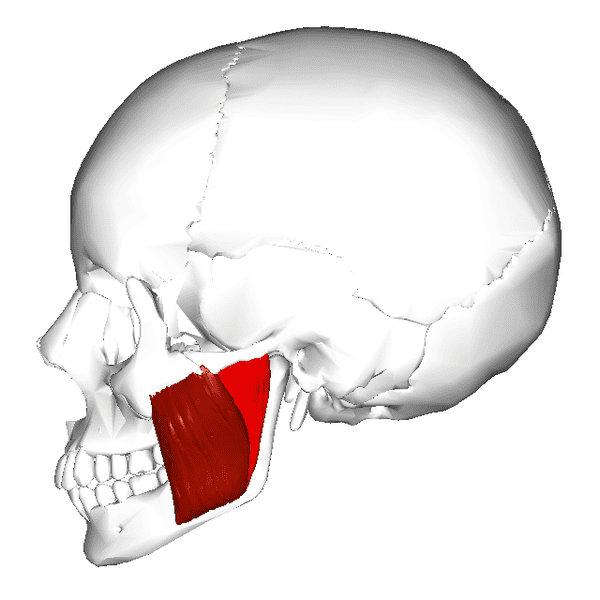
The masseter, a jaw muscle, is the strongest muscle in the human body based on its weight. It can exert a force as great as 200 pounds on the molars, making it essential for chewing and grinding food.
This article originally appeared on Rarest.org.
More From Rarest.Org
Forza Horizon 5 offers a dazzling array of high-performance cars, each with its own unique appeal and staggering price tag. Among the vast selection, some cars stand out not just for their speed and design but also for their eye-watering in-game value. Read more.
Musical instruments have a way of capturing our imaginations, not just through their sounds but also through their unique histories and designs. Among the myriad instruments that have graced stages and studios, some stand out due to their rarity and the remarkable craftsmanship behind them. Read more.
New York City, renowned for its diverse and vibrant neighborhoods, is home to some of the most expensive real estate in the world. From the historic charm of Tribeca to the modern luxury of Hudson Yards, each neighborhood offers a unique blend of culture, amenities, and upscale living. Read more.



